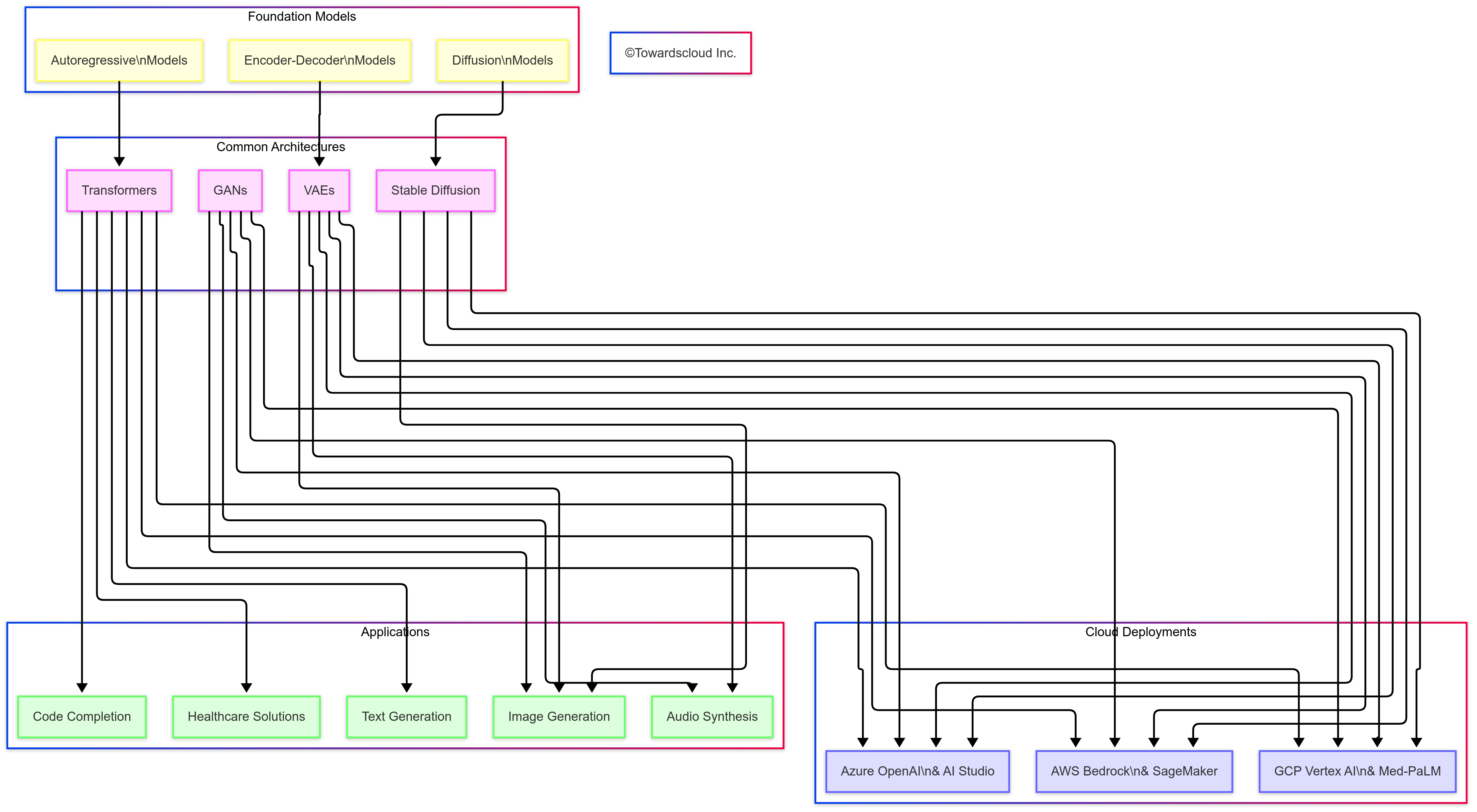Welcome to the final installment of our “Month 1: Introduction to Generative AI” series! Over the past 30 days, we’ve embarked on an exciting journey exploring the fundamentals, applications, and implications of generative AI. As we wrap up this first month, it’s the perfect time to consolidate what we’ve learned and test our knowledge with an interactive quiz.
Series Recap
Our journey began with foundational concepts, exploring what generative AI is and tracing its evolution from theoretical concepts to the powerful technologies we see today. We delved into neural networks, deep learning fundamentals, and distinguished between generative and discriminative models.
We examined key generative architectures like Variational Autoencoders (VAEs), Generative Adversarial Networks (GANs), and transformers, which have revolutionized how machines can create content. We explored diverse applications across art, music, text generation, and image synthesis, while also considering ethical implications like deepfakes.
The latter part of our series focused on industry-specific implementations in healthcare, finance, and marketing, as well as comprehensive comparisons of cloud offerings from AWS, GCP, and Azure for deploying generative AI solutions.
Key Insights from our Generative AI Journey
As we conclude our first month of exploring generative AI, let’s highlight some key takeaways from our series:
The Evolution of Generative AI
Generative AI has come a long way from its theoretical foundations to becoming one of the most transformative technologies of our time. What began as academic research has evolved into practical applications that touch nearly every industry. The rapid advancement we’ve witnessed—particularly in the last few years—is a testament to both technological innovation and increased computing power availability through cloud platforms.
Architectural Diversity
We’ve explored various model architectures, each with unique strengths:
- VAEs excel at creating compressed representations of data while maintaining probabilistic properties
- GANs use an adversarial approach to generate increasingly realistic outputs
- Transformer-based models have revolutionized how machines understand and generate language and other sequential data
Industry Transformations
Our exploration of industry-specific applications revealed how generative AI is reshaping various sectors:
- Healthcare: From reducing documentation burden to enhancing diagnostics and treatment planning
- Finance: Creating more sophisticated risk models and personalized financial services
- Marketing: Enabling hyper-personalization and content generation at scale
- Creative fields: Opening new possibilities in art, music, and content creation
Cloud Provider Landscape
Our comparison of cloud offerings showed how AWS, GCP, and Azure each bring unique strengths to generative AI deployment:
- AWS emphasizes security compliance and integration with existing data ecosystems
- GCP leverages deep research expertise with specialized models like Med-PaLM 2
- Azure focuses on enterprise integration and familiar development environments
Ethical Considerations
Throughout our series, we’ve emphasized that generative AI’s power comes with responsibility. Issues like bias, privacy, transparency, and authenticity require ongoing attention as these technologies advance and become more widespread.
Looking Ahead
As we move beyond the fundamentals, our future posts will delve deeper into advanced concepts, practical implementations, and emerging trends in generative AI. We’ll explore fine-tuning techniques, prompt engineering, deployment strategies, and cutting-edge research that’s shaping what’s next in this rapidly evolving field.
Test your knowledge with our interactive quiz above, and stay tuned for more exciting content from TowardsCloud!

What’s Next?
Having built a solid foundation in generative AI concepts, our next series will focus on “Advanced Generative AI Applications.” We’ll explore:
- Fine-tuning techniques for specialized domains
- Building multimodal applications that combine text, image, and audio
- Responsible AI practices and governance frameworks
- Performance optimization for production environments
- Integration strategies with existing systems
Stay engaged with our interactive quiz to test your knowledge, and don’t forget to bookmark TowardsCloud.com for daily updates on cloud and AI technologies. Your journey into the fascinating world of generative AI is just beginning!